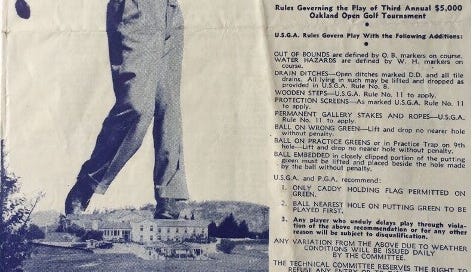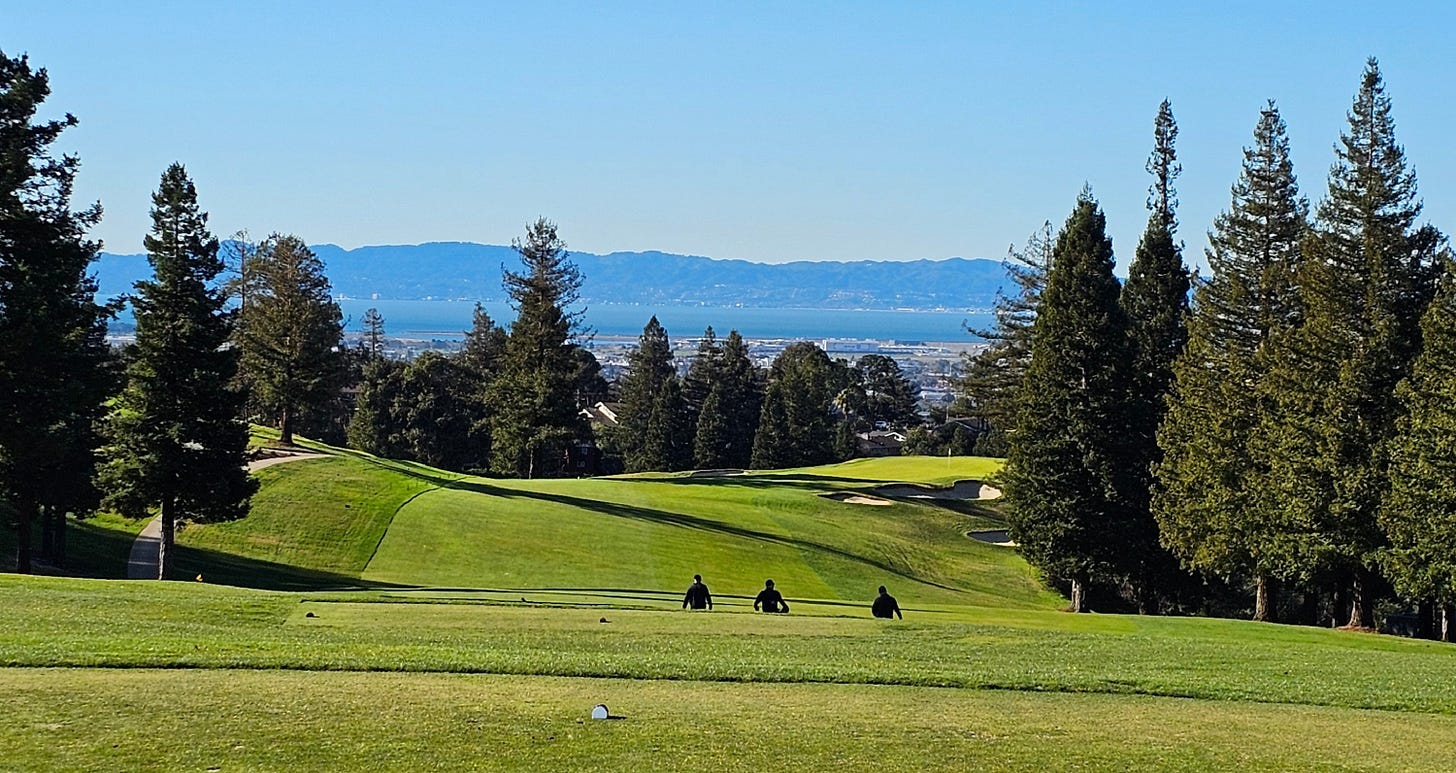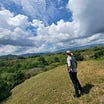Course Profile: Sequoyah Country Club
First organized in 1913 and utilizing the Native American spelling (Sequoyah), instead of Sequoia (as commonly used today), Sequoyah Country Club is nestled into the East Bay Hills in Oakland, California. Charming but understated, Sequoyah is a golden age gem of golf architecture and has some great history to boot.
Across the storied career of Ben Hogan, Sequoyah Country Club holds a prominent historical footnote. Hogan was famously down to his last few dollars in 1938. Hogan joined the field for the Oakland Open that included Sam Snead, Byron Nelson, Harry Cooper, and Jim Demaret, set to battle it out for the $5,000 purse.
By 1938, Oakland had apparently already developed its rough character. The morning of the first round, Hogan found that someone had stolen the wheels off of his car as it was parked at his hotel! Despite this, Hogan would persevere finishing 6th in the tournament taking home $285 in prize money and allowing him to remain on tour, setting the stage for his long and storied career.
As one might expect for a course built in the 1930s, the routing utilized the land it was set upon without much movement of earth. This plays into its strengths, as Sequoyah features rolling hills and thanks to some recent tree removal efforts, beautiful views of San Francisco Bay
Sequoyah is coastally proximate and the visuals at Sequoyah reflect that. Towering sequoia trees define playing corridors without a feeling of claustrophobia. The sun finds its way onto the lush green fairways as they roll through the East Bay Hills and San Francisco Bay provides a dramatic backdrop.
As is the case with courses built in this era, who actually designed Sequoyah is a little unclear. While credit has been given to the likes of Seth Raynor, Chandler Egan, and Douglas Nickels, the best guess is that Sequoyah is mostly a Willie Lock design.
At only 6,100 yards, Sequoyah is short by modern day standards. However, Sequoyah’s defenses demand thoughtful club selection off the tee with narrow pinch points and rolling sloped fairways. Even when on the fairway, par is no guarantee as daunting uneven lies await for approach shots into small, diabolically sloping greens where three and even four putts can be common. While placement off the tee is important at most courses, placing approach shots in the right spots takes on extreme importance at Sequoyah. Birdies can be had, but poor approach play can lead to big numbers quick.
One of the golden age quirks of Sequoyah is the cross-routing of the 15th and 16th holes. As the player makes their way up the hill to the green site of the par-4 15th, they are rewarded with views of the San Francisco Bay to the left and the beautiful Spanish-style architecture clubhouse to the right. Staying up on the ridge, the path from the 15th green takes you almost straight backwards to the tee box of the par-5 16th hole, which plays downhill directly over and across the fairway of the 15th hole. Watch out below!
Sequoyah is set to undergo another renovation in the next few years. This new renovation will change the routing of Sequoyah from the original Willie Lock design, defining new playing corridors through the rolling hills on which Sequoyah sits, and will add a double ended driving range and lengthen the course from its current 6,100 yards, as well as build out some additional member amenities. Work is set to start sometime in 2026 or 2027.







